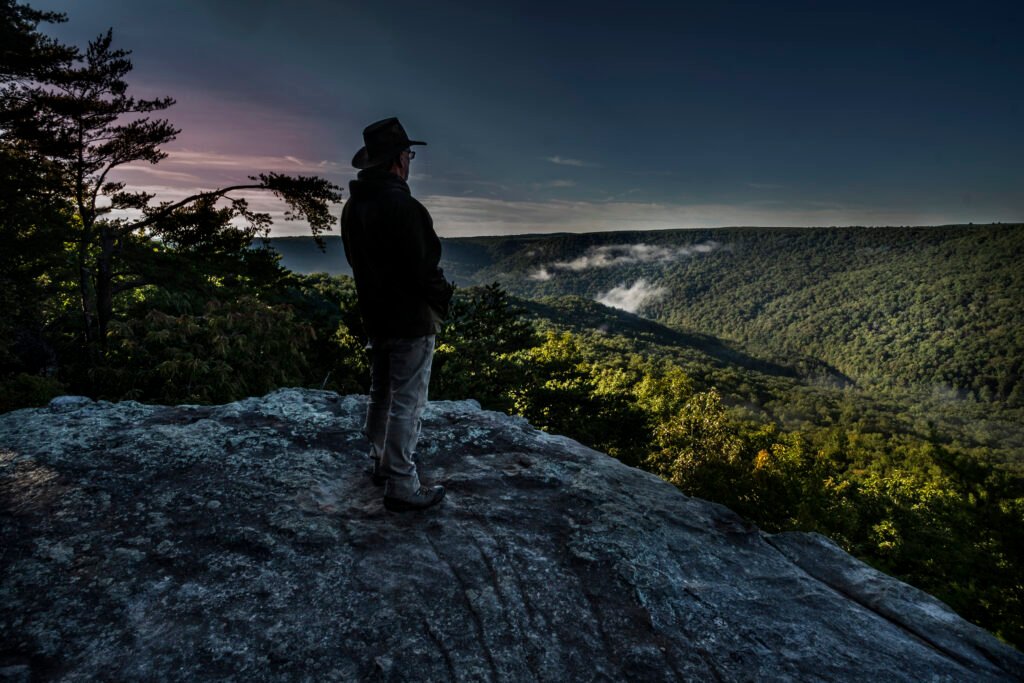Tennessee’s estimated 85,000 acres of remote backcountry could see increased activity related to road building, mining, and logging, as the Trump administration has proposed removing protections for some of the most pristine areas of U.S. national forests.
Last week, U.S. Secretary of Agriculture Brook Rollins announced the plan to rescind what are known as “roadless rules.” These regulations had been in place since the Clinton administration in 2001, aimed at preserving 59 million acres of public forests and grasslands, driven largely by decades of advocacy from conservation organizations.
Rollins argues that the change is crucial for effective wildfire management, boosting the timber industry, and aligning with President Donald Trump’s approach to reducing barriers that impede American business and innovation.
However, environmental advocates express concern that dismantling these protections could jeopardize wildlife, clean water, and mature forests. They warn that these areas might become targets for logging, oil and gas drilling, and mining.
Sam Evans, leading the Southern Environmental Law Center’s National Forest and Parks Program, commented that while there are exceptions in the road-free rules for wildfire prevention and addressing invasive species, the justification for this move around wildfire protection seems inadequate.
Tennessee’s national forest spans approximately 698,000 acres, with about 85,000 acres currently safeguarded under existing roadless regulations. These areas include diverse landscapes between northern Tennessee’s lakes and segments within the sprawling 660,000-acre Cherokee National Forest in the Southern Appalachian Mountains. Popular backcountry spots such as Beaver Dam Creek and Elk Creek enjoy protection under these rules.
USDA authorities have not provided commentary regarding the proposed regulatory changes, but indications are that additional information will be released as the withdrawal process unfolds.
Eliminating these federal regulations will trigger various preparatory steps, including environmental studies, compliance checks related to endangered species, consultations with tribes, and collaborations with states impacted by new public regulations.







